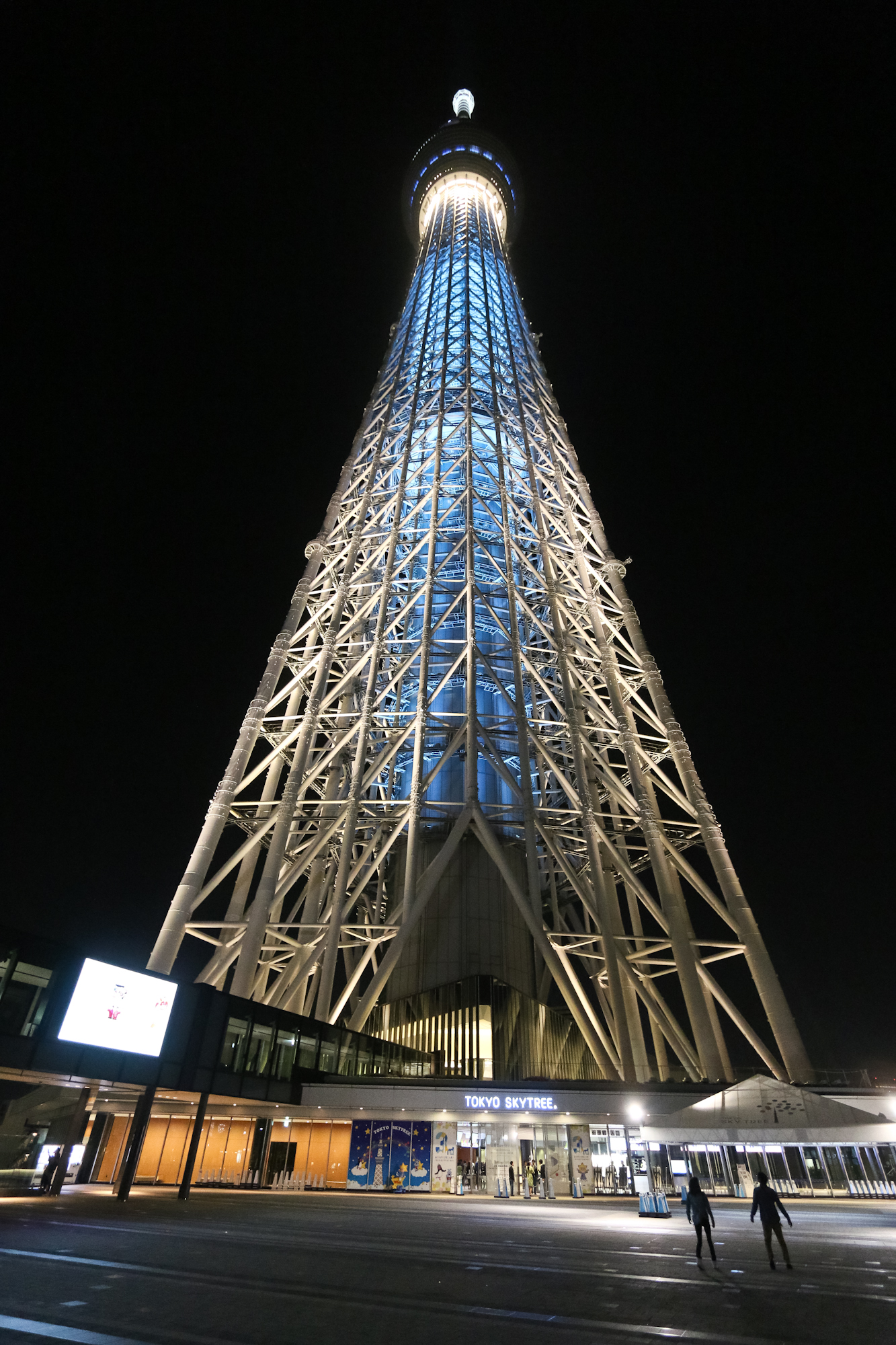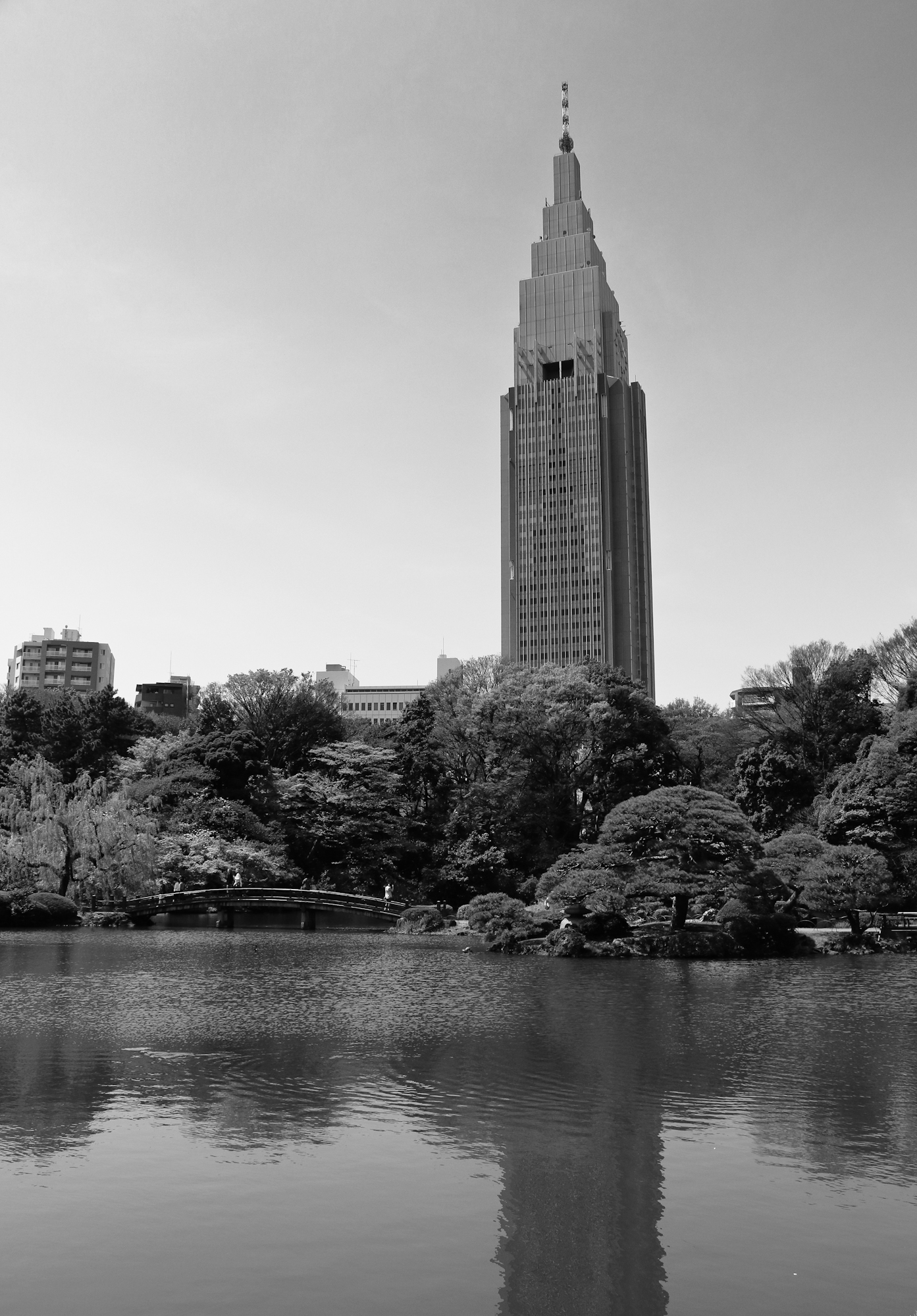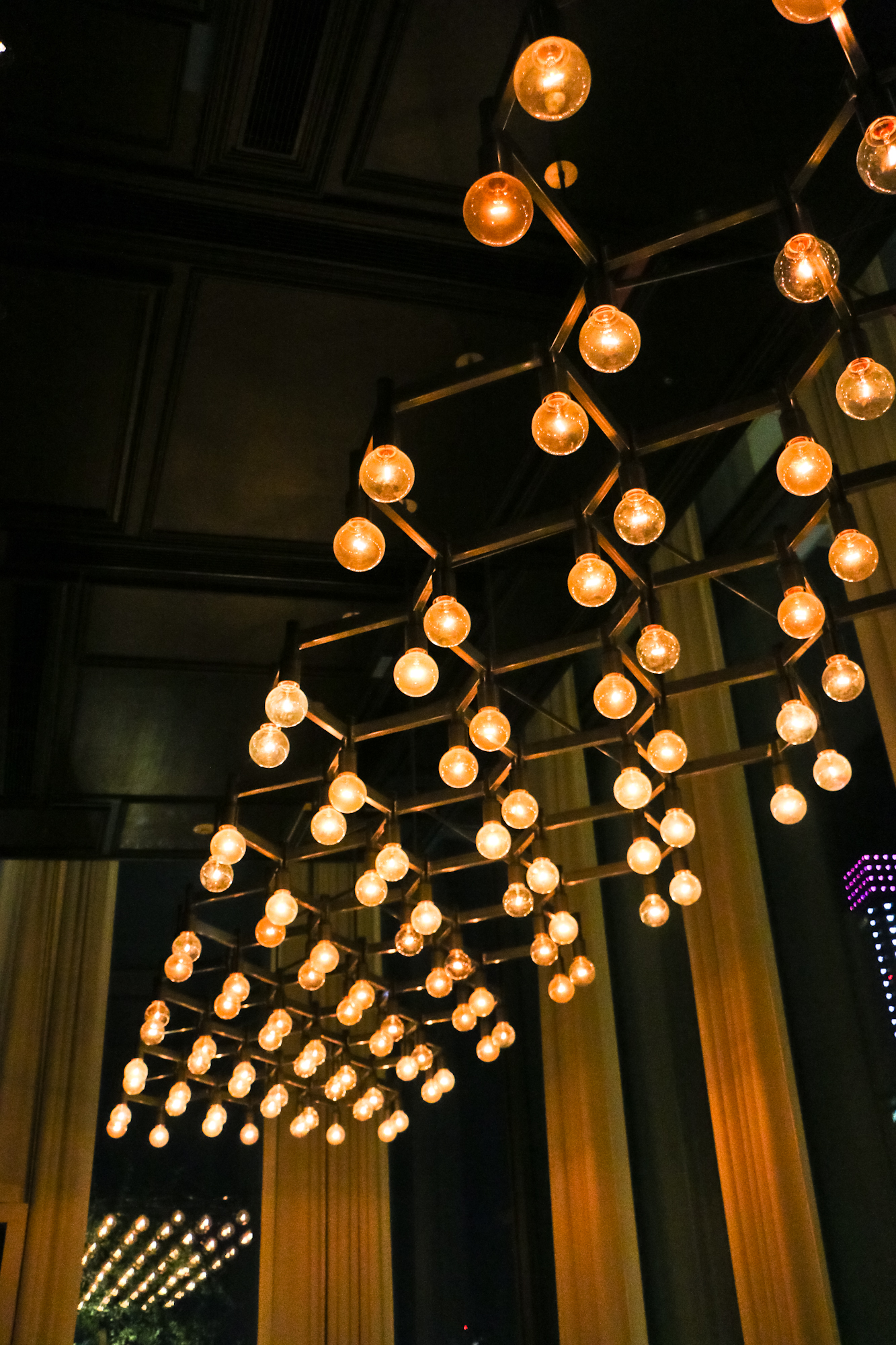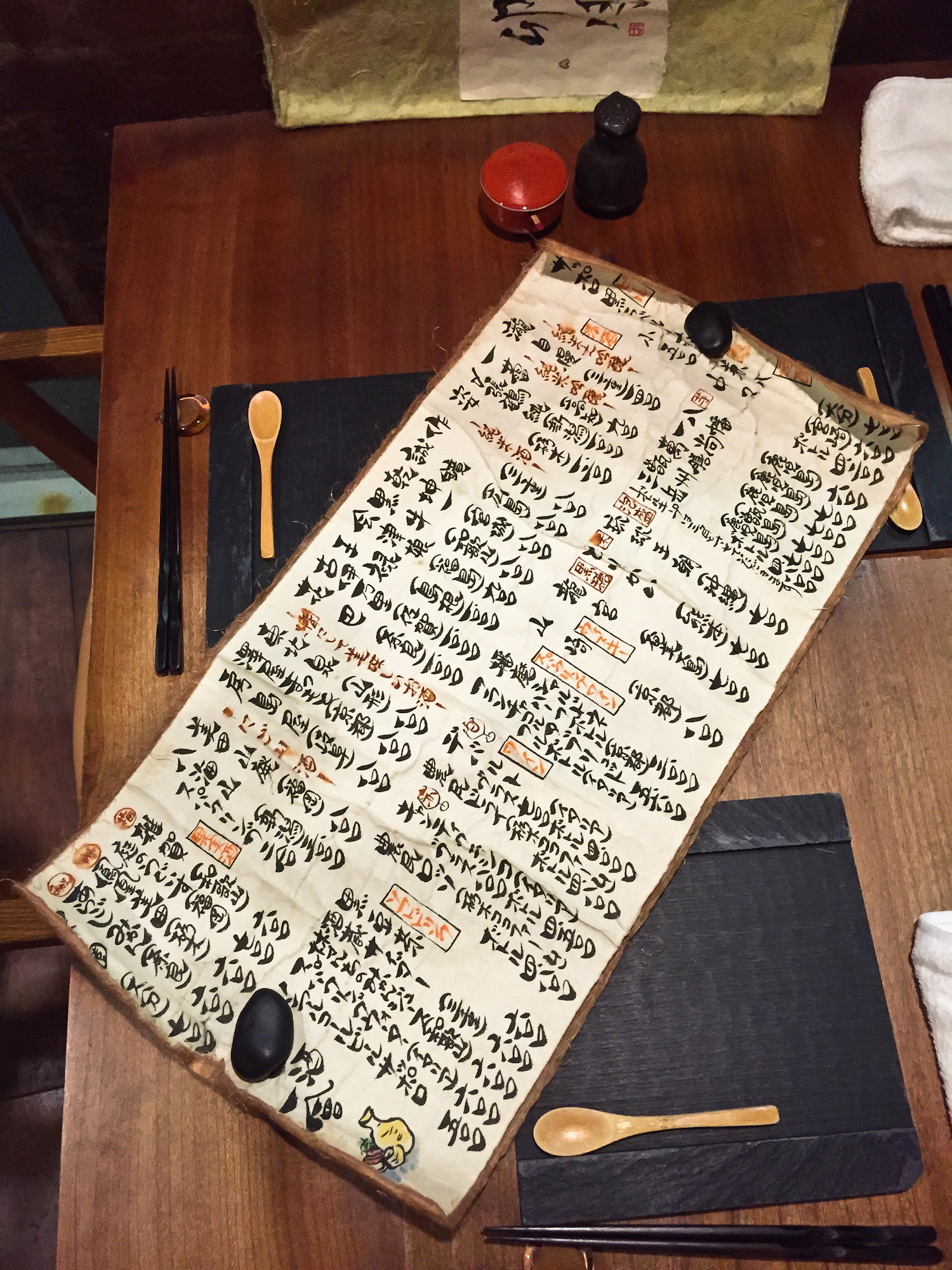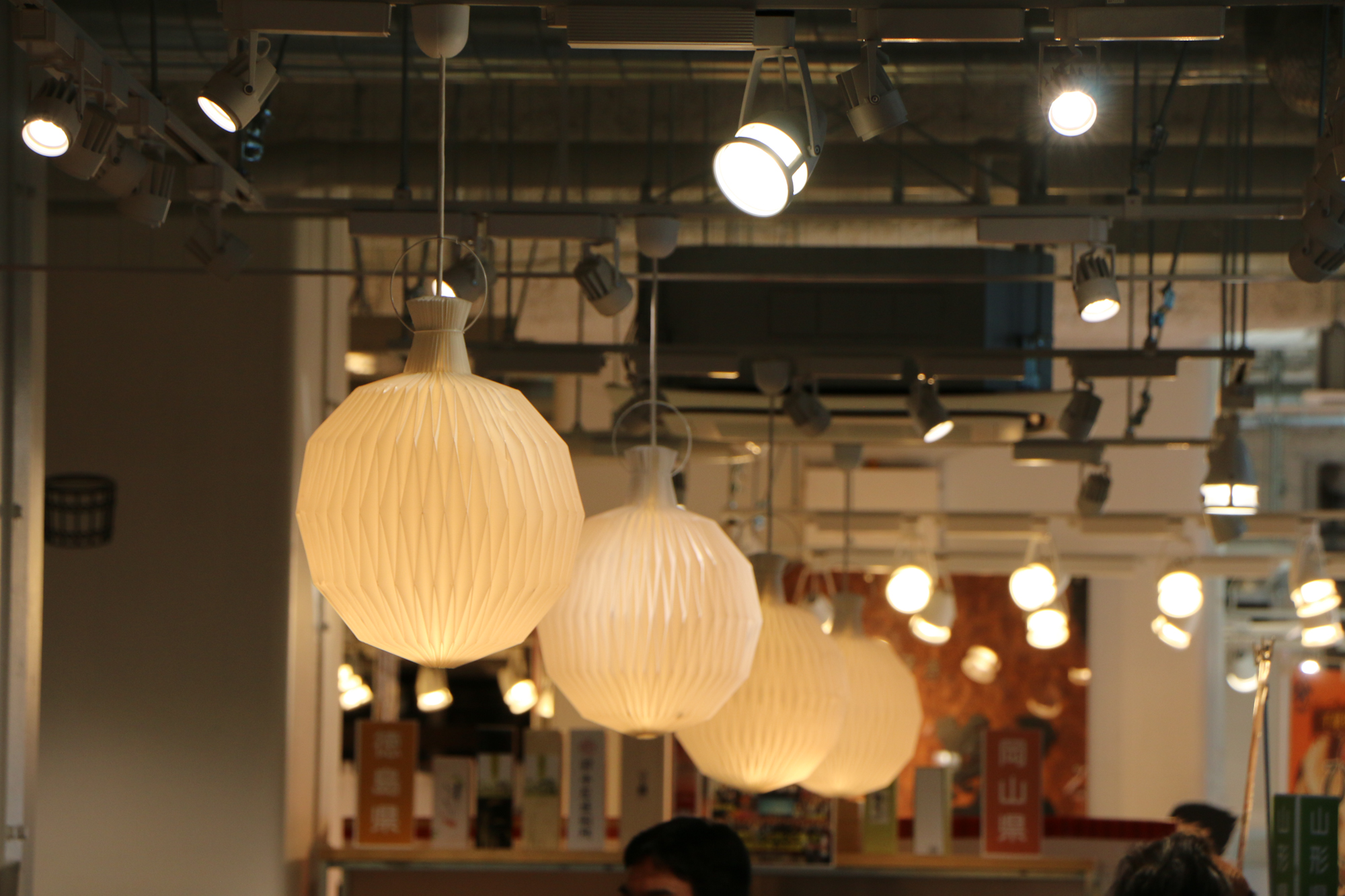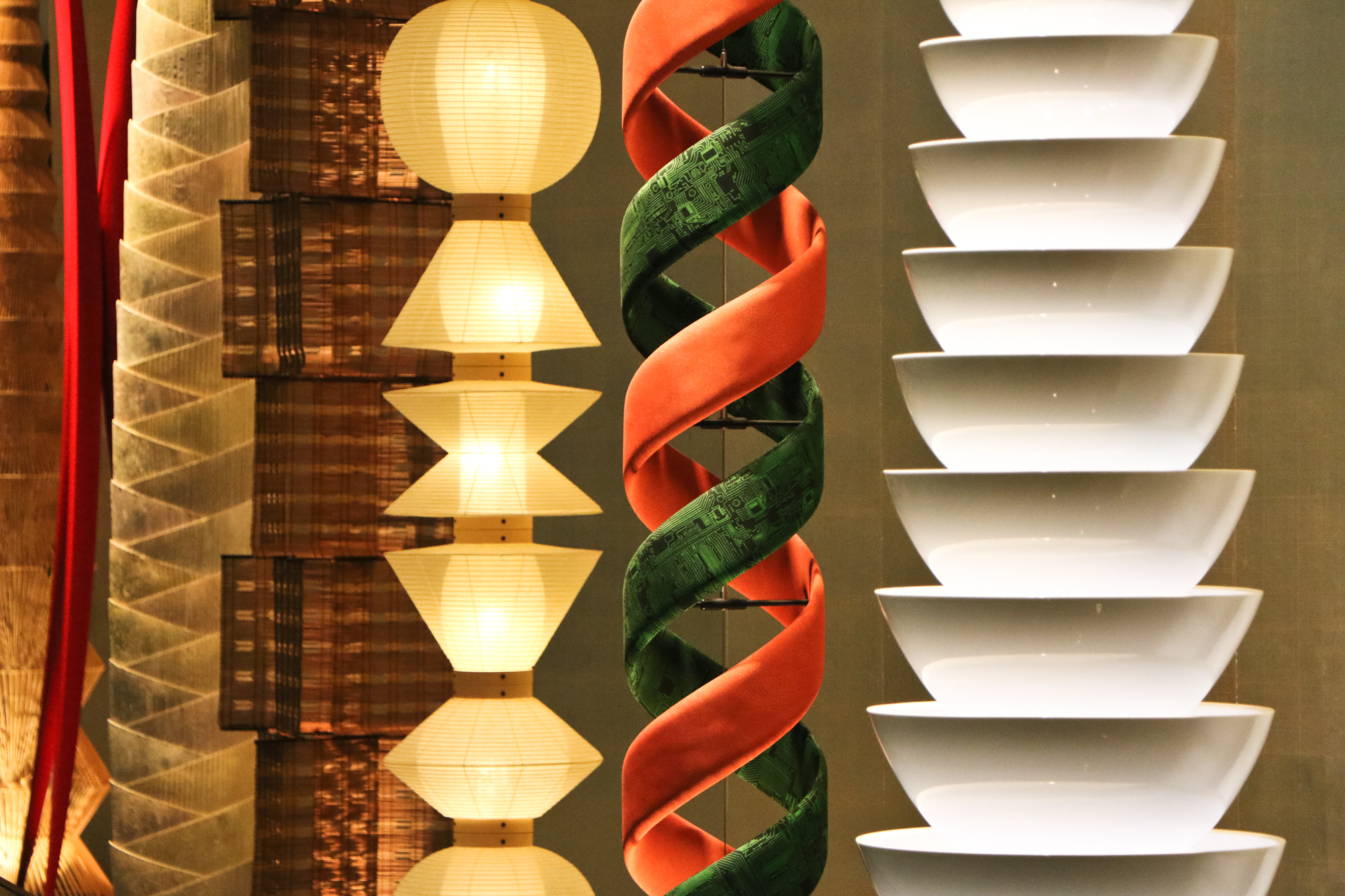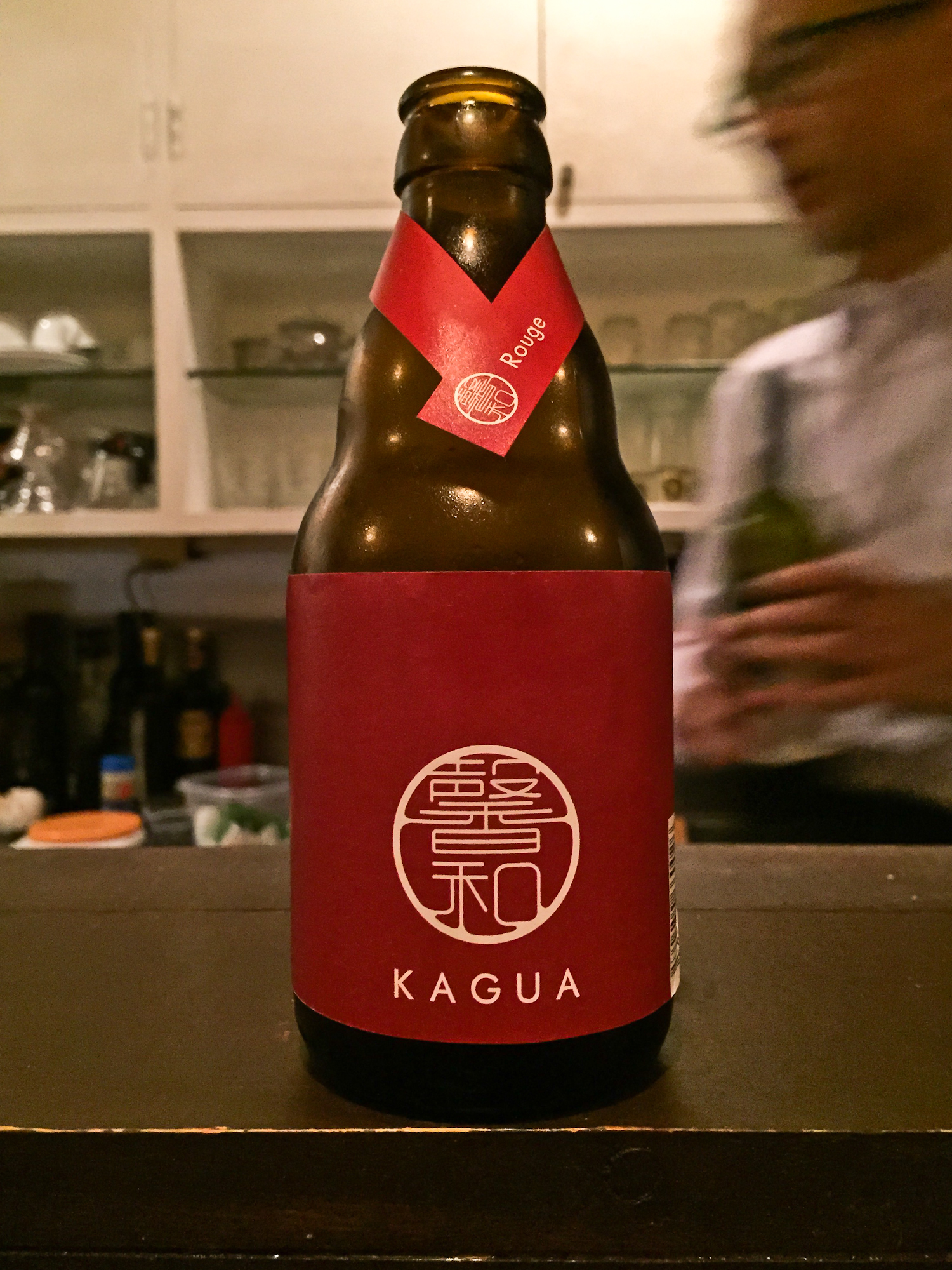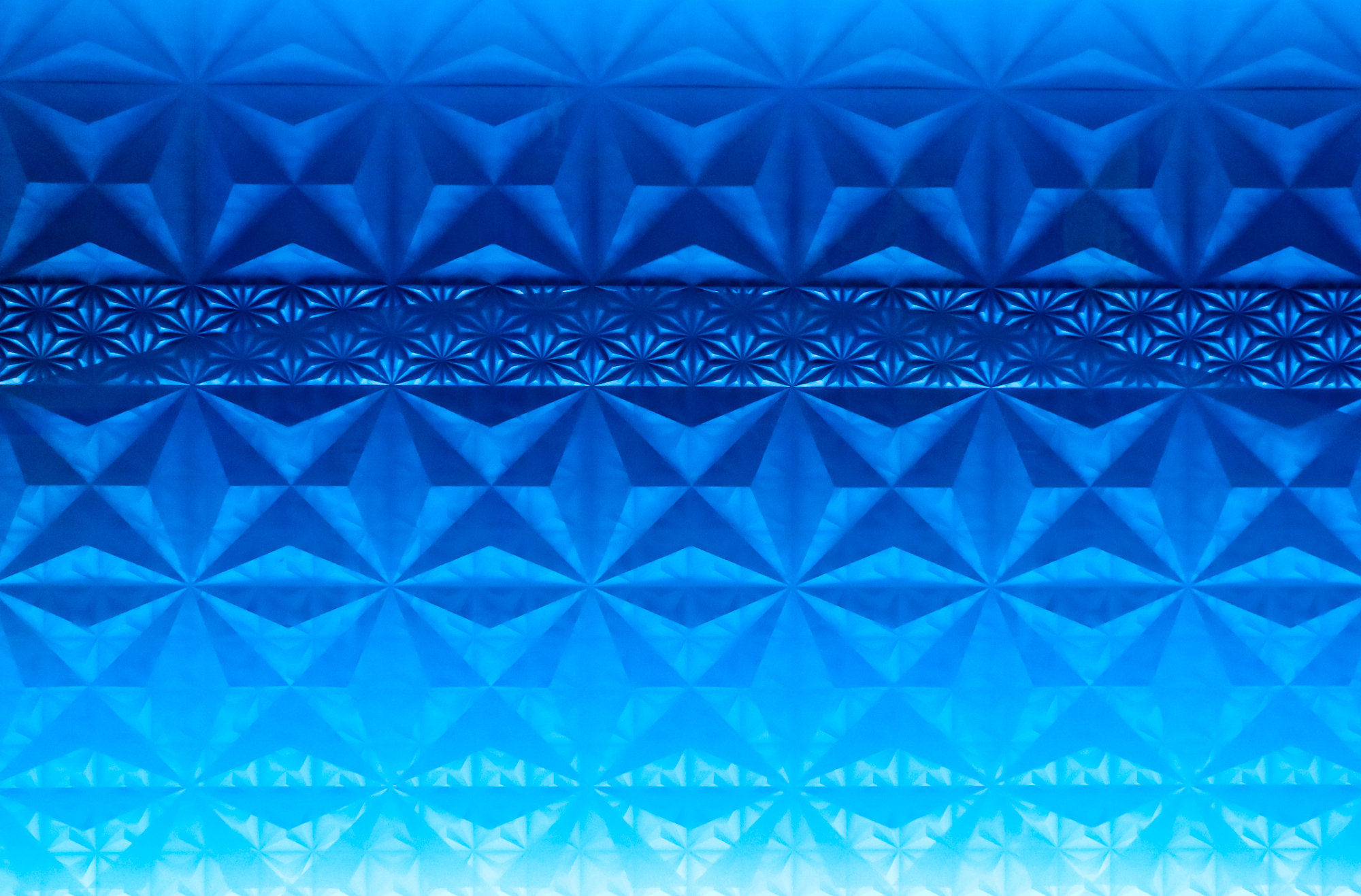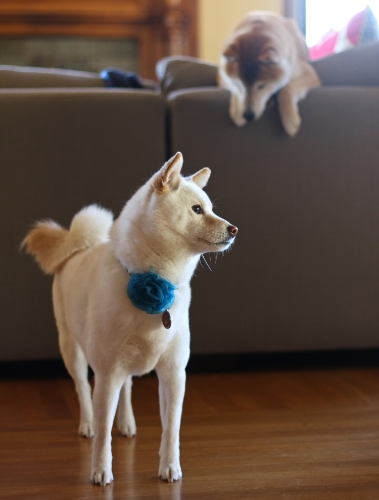Big News this week for Shiba Ramen! After six months of hard work, we closed a deal to open later this year in Emeryville's redeveloped Public Market. We'll be part of a newly renovated international food hall, featuring a ton of new and diverse food concepts. There will be around 15 new food kiosks, a few vendors housed in outfitted shipping containers, and a couple of anchor restaurants. There are a few pre-existing tenants (Urban Outfitters, Guitar Center, Peet's, Hot Italian). Long-term plans for the project include expansive new retail and residential space.
There is a serious unmet need that the Public Market is going to fill. Emeryville has tons of retail (Ikea! Home Depot!), corporate offices, and multifamily residential. But there's practically nothing to eat there, setting aside a few chain restaurants and Swedish meatballs. I think this place is going to have a lot of energy, so it's a good launching pad for Shiba Ramen. And, I'm happy to say, the Public Market's kiosk model fits nicely with our no-tipping policy.
Right now, we're in the midst of the design and architectural process for our space. Then we're off to permitting and on the hunt for general contractors. We'll be doing our buildout later this summer. I'll write all about the process here at Ramen Chemistry. Here and here are links to press reports of our joining the Public Market, and here and here are reports about the Public Market project.









